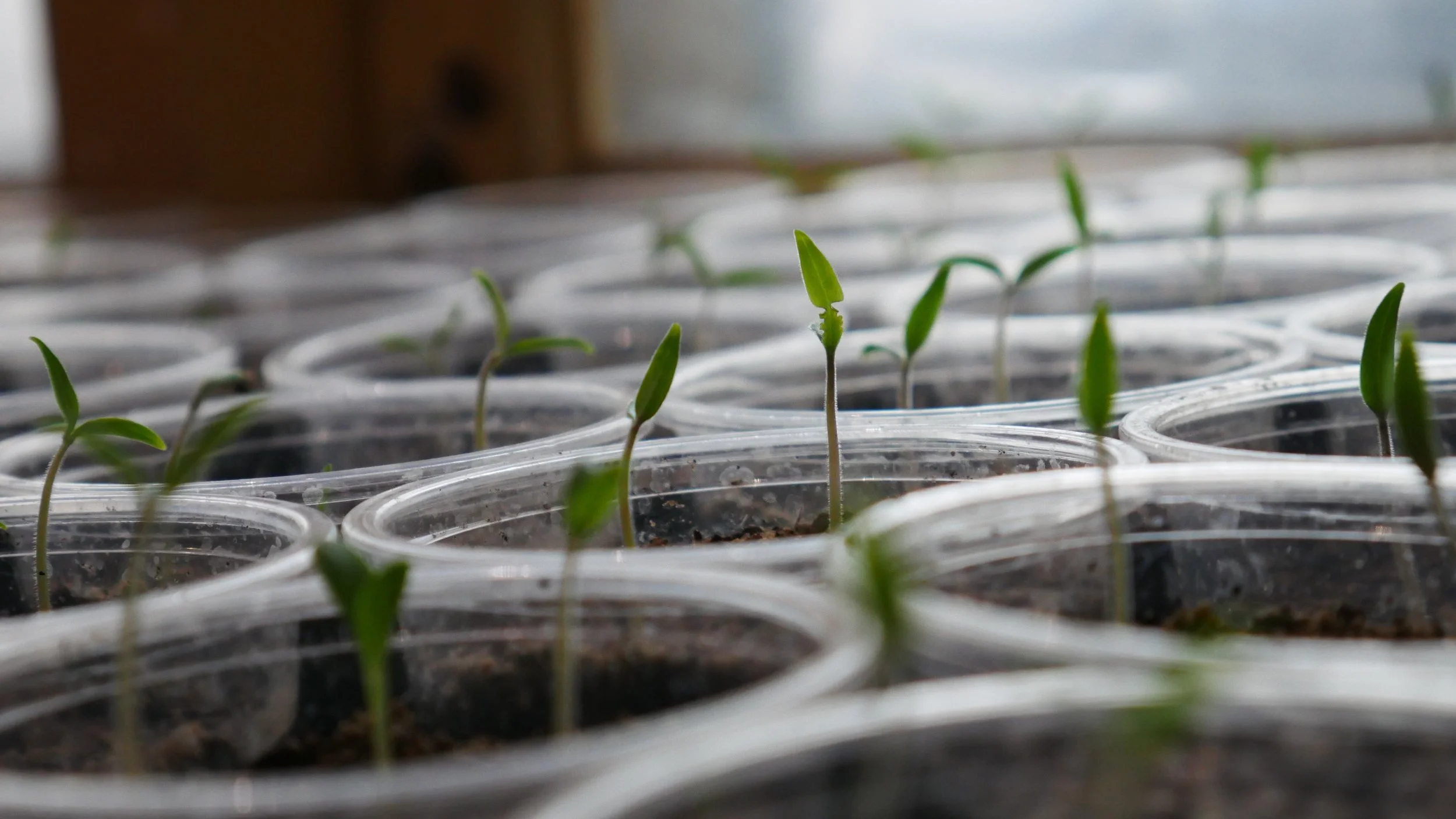Wing Repair, and the Importance of Trusting Our Children’s Inner Knowing
/My three-year-old didn’t want to go to preschool anymore. The new kid, the kid who is only two and hasn’t yet learned body boundaries, has been damaging her wings and thus she has decided it isn’t safe there anymore. My heart sank.
I’m not talking about her purple sparkly wings. I’m not talking about her rainbow feather wings that Santa brought. Her invisible wings. Her secret power wings. Her ever-present wings that she tucks in before getting strapped into her carseat, so as not to squish them. Those wings.
And I can’t help but wonder if we’re also talking about her highly sensitive energetic body here, her higher self, her winged fairy creature self. Real or imagined, it’s real to her now and that’s where I’m committed to meeting her.
The therapist in me translates it this way: Mommy, I don’t feel safe. Help me.
The former teacher in me translates it this way: Mommy, this kid is bullying me and you have to fix it now.
And the artist in me goes here: What kind of damage have the wings experienced, what kind of repair needs to happen, and what imaginal protection can we call on to protect them from further damage?
Bottom line: I trust our imaginations to help us find our way in life. I trust the wisdom of our inner imagery. There’s a part of me that wants to rush to fix it, to solve it for her, to keep her home from school today. Yet my own inner knowing chimes in to say slow this down. Trust her. Trust her inner knowing. And this leaves room for her to find her own answers.
Patches. They need patches, she says. So we patch them. We recruit her teachers to patch them throughout the day. Holes have been repaired; she’s still afraid of new holes, but at least she knows what to do when they happen.
Day 3: she still doesn’t want to go to school. It’s going to happen again. It’s too hard. And now we start brainstorming as a family, we sketch out our ideas, we ask daddy for advice. Meanwhile the teachers are teaching her how to use her big voice, be assertive, and firmly say “I do NOT like that” when he hurts her. And they are physically intervening, keeping her physical body safe.
This is what we’re really working with here: How do we protect ourselves? When our fragile, feathery parts are out in the world and vulnerable to the inevitable bumps and bruises of life, how do we keep ourselves safe? I’m not offering answers; rather, I am helping her explore the questions for herself, and for her this is all happening through the metaphor of her wings. We start drawing wings, we start imagining ways to make wings stronger and shielded. She decides to put swords on one wing in case she needs to fiercely protect herself. There’s a button she can press to release the swords immediately, as needed. She realizes these sharp swords could really hurt this new kid though, and she actually doesn’t want to hurt him. So on her other wing she makes swords made of soft fabric. This sends him a message to back off but without harming him. She’s protected, he’s protected. Problem solved. And now she’s back to enjoying school again.
This experience with her touches me deeply on so many levels. Certainly it wasn’t just an imaginal process here. It did take me communicating with teachers, advocating for my kid, and it took their skillful and prompt response to it to create such an empowering outcome for my daughter. But I’m appreciative of how tracking her inner imagery made such an impact here. Hearing her complaints about not wanting to go to school, and really unpacking that with her, engaging it, getting inside of her inner world through active imagination, drawing wings, drawing wings being protected, this whole process brought us closer together and taught us all a lot about paying attention to our needs, even our subtle ‘invisible’ needs, advocating for ourselves and our sensitivities.
I’m in awe of the original solutions she came up with. This process has inspired me to connect even more deeply to my inner knowing as a person, as a mom, and as a therapist.
“I am certain of nothing but the holiness of the heart’s affections, and the truth of the imagination.” - John Keats

